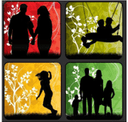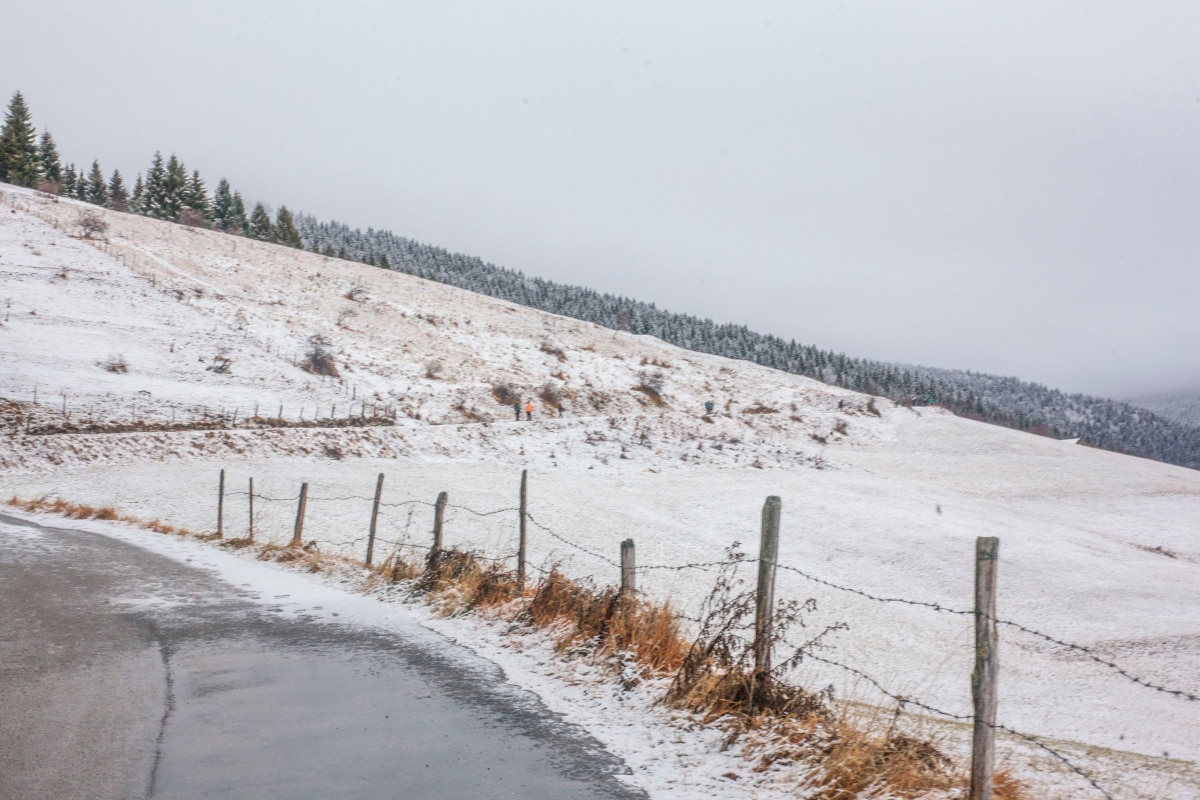We all know that in Wyoming, the late winter months can become a bit gloomy. With the cold weather, high winds, and early sunsets, it’s easy to let the months of January through May turn into a bit of a slog. But every once in a while, the slog can turn into a real struggle, and before you know it, you’re dealing with depression-like symptoms. If this is the case, you may have Seasonal Affective Disorder – or SAD for short.
If you’ve never heard of SAD before, you may be thinking “What an ironic acronym.” If you have heard of SAD before, you may be wondering “Wait… doesn’t that only happen in places like Alaska that hardly get sun at all during the winter?”
It’s true that the further North you go, the more prevalent SAD (or some form of it) becomes. But according to a 2006 study by psychologist Raymond Lam and his colleagues, SAD affects up to 2.7% of North Americans. Not only that, but anywhere from 15-25% of North Americans are vulnerable to “Cabin Fever”, even if theirs doesn’t escalate into a full-blown disorder! So what is SAD anyway? And what can you do about it if it’s affecting you?
Seasonal Affective Disorder: A Crash Course

Essentially, SAD is seasonal depression that almost exclusively happens in winter. It acts a lot like other types of depression, with the affected person struggling consistently with:
- Blue or sad moods that last for most of the day, every day
- A loss of interest in activities they used to find fun
- Feeling exhausted
- Difficulty thinking or concentrating
- Feeling guilty or worthless
But there are a few differences between SAD and Depression itself. The first is that the SAD symptoms go away in the Spring and the affected person isn’t bothered again until late Fall when the days shorten noticeably. Second, those who suffer from Depression usually lose or gain weight. People affected by SAD tend to only gain weight. And third, people with Depression either sleep more or struggle to sleep at all. On the other hand, those with SAD typically just sleep more.
Again, the further North you live, the more prone you are to SAD – or “Cabin Fever” as its less-devastating manifestations are more widely known as in Wyoming. In fact, a study done in New Hampshire suggested that up to 10% of the people there were dealing with SAD. Since Wyoming is on a similar latitude, the amount of people who have Cabin Fever or SAD itself is pretty similar. So if you’re lethargic, hungry, sleepy, and a bit grouchy, know that you’re not crazy and you’re not alone!
What to Do About It

If you’re struggling with full-blown Seasonal Affective Disorder, the very best thing to do is see your Therapist or Counselor. They will probably prescribe Light Therapy, which is exactly what it sounds like: exposure to bright light for about two hours every morning right after you wake up. This may sound simple, but it’s been proven to be effective and work quickly!
If you don’t have depressive symptoms that interfere with your normal, day-to-day life but still find yourself moodier than usual during these next few months, try a few of these suggestions:
- Get involved! Whether it’s the PTA, a local community organization, or volunteering somewhere, find something important to you and put some time into it.
- Open the curtains and brighten your home with natural light.
- Take advantage of sunny days by going for a walk.
- Get your spring cleaning done a little early! There’s something inherently productive about clearing out clutter, especially if it’s going to places like Goodwill where it can continue to be useful to others.
- Find something fun to do indoors. This could be anything – reading a good book, spending time on a hobby, cooking a new meal or dessert, exercising, or even researching your family history. You’d be surprised how much fun you can have
within the walls of your own home!
If you think you may be struggling with SAD, don’t hesitate to give us a call at 307-631-5574.
How do you beat Cabin Fever? Share your ideas with us in the ‘Comments’ section below!

